JuanG
Posts: 906
Joined: 12/28/2008
Status: offline

|
Welcome.
I will be writing (or trying to write) an AAR covering my second game with General Patton. We will be playing Between the Storms version 1.9. We are using the extended map with stacking limits and the new asian road files.
As mentioned, this is actually our second game, the first was with RA 6.6 and started in April - we ended it in late August (game date was May 13th, 1942) due to a decision to move to newly updated RA versions, of which we chose BTS. For a variety of reasons, including updates to the mod, real life getting in the way, etc. getting started took a little longer than expected. GP suggested we lock the starting date down to December 7th, and so we did.

(Image courtesy of SuluSea)
Between the Storms is a scenario by John 3rd and the rest of the RA team, and is basically a fusion of an alternate treaty universe with the Reluctant Admiral timeline. As its part of the RA v7 series, it also incorporates a lot of the great work by Symon/JWE and the DBB team, which certainly made the turn 1 setup a little different from usual (where is all my aviation support?!). While I do have previous experience with DBB, I have not played BTS even against the AI, so most of what I know about the additions to the allied side are from reading that thread, and poking at the scenario with the editor. I expect this to play like an RA+ with a side order of DBB...
------------------------------------------------------------
Scenario Description
Between the Storms
ALTNAV 1922-1941 (Scenario 55: Between the Storms)
Between the Storms has been created to reflect a slightly different outcome of the historic Washington and London Naval Conferences: 1922-1937 and the rise of Adm Yamamoto to Naval Minister in the years leading up to Dec 7th. The Mod splices together the Treaty Mod (Scen 45) and Reluctant Admiral (Scen 50) to create a complete ALTNAV History spanning the two decades between the World Wars (Storms).
The Washington Conference
Charles Evans Hughes blueprint for disarmament gets out and the Japanese stonewall a Naval Conference for a full year. The Conference does take place in 1922 and disarmament is agreed upon, however, there are additions allowed due to the added time to get the meeting going. The whole Mutsu Debate is scrapped due to Mutsu actually being ready and deployed at that point. While maintaining the 5-5-3 ratio between Great Britain, the United States, and Japan, there are several new outcomes:
1. The Japanese then argue to keep either a Tosa or a pair of the Amagi Class battlecruisers. The Americans carry the day in arguing for the Lexington-Class battlecruisers being completed. They gain the Ranger and Constellation (while scrapping BB Mississippi to maintain balance), Great Britain gets the option to build a pair of Super-Hoods (while additionally scrapping Royal Sovereign), and Japan completes Amagi-Class Ishitaka.
2. The whole subject of CVs is reworked:
a. Allow two 'experimental' CVs (two Hosho's and two Langley's)
b. Two BC conversions are allowed but further treaty tonnage is added for one more CVL to be built by both Japan and USA. The Americans build the King’s Mountain (proto-Independence Class) and the Japanese back off the failed Ryujo design to build Ryukaku (a proto-CVL as well).
The London Conference
Moving on to the London Conference (1930) and the subject of Cruisers is re-worked:
1. Japan--at all costs--sticks to its goal of 70% for CAs (instead of 60%). This allows for GB and USA to build two more CAs (USA: Burlington and Rome) while Japan gains one.
2. Great Britain--who nearly scrapped the treaty due to the issue of CAs and CLs--stands firm over its argument and forces a larger tonnage for CLs. USA adds USS Anchorage and Dallas.
3. Both Japan and the United States were looking at hybrid Cruiser—CVs and they force Great Britain, following the example set with the Washington BC—CV Conversions, to allow for two hybrids each in the early-30s. USA builds CLV Charlotte and Jacksonville, GB builds CAV Melbourne and Wellington (sold/given to those respective navies), and Japan finishes up with CAV Kushiro and Tokachi.
***It should be noted that to take maximum advantage of the revised Treaty tonnages, Japan converts several of the oldest CLs into fast ML, builds additional Myoko-Class CAs and keeps the Mogami Class as 6” CLs.
As the treaty changes play out, the rise of Admiral Yamamoto Isoroku occurs. In this alternate history, Yamamoto exerted a much greater influence first on the Japan Naval Aircraft Industry, then as Deputy Navy Minister, and finally as Navy Minister itself. Yamamoto chooses, at great risk to his life, to forego command of the Combined Fleet and dedicate himself to preparing Japan for a war he didn't want.
He adds two new slipways for Fleet construction to facilitate a different, final pre-war expansion of the Kaigun. New and expanded Naval Yards, Heavy Industry, and Armaments are added at tremendous cost for the Japanese economy as the Admiral attempts to prepare Japan for a possibly long war.
In so choosing to do this Yamamoto then changes the 4th Circle Building plan replacing the 3rd and 4th Yamato-Class Battleships with improved Shokaku-Class CVs and a pair of Kawachi-Class fast Battlecruisers, four sligthly improved CAs, an accelerated Light Cruiser deployment, and additional destroyers. Quick, reasonably cheap carrier conversions are moved forward seeing all of the pre-war CVs/CVLs deploy by December 7th or at slightly earlier dates in 1942. Though only a few of these new ships are ready on December 7th, these additions shall make the Kaigun a force to be reckoned with well into 1944.
The Japan Naval Air Arm is changed so that everything is staked to the Zero Airframe with a specialization of the Zero into a Land-Based Interceptor as well as CV-Based Fighters. Research and production expansion is achieved by streamlining the air industry (cutting several models) while bringing forward second generation aircraft: Judy, Jill, Rita, etc…by great effort the IJNAF deploys nearly all new aircraft on December 7th.
On the ground Yamamoto reorganizes the SNLF units into a Brigade-Sized offensive force and—knowing it will be a war of attrition—converts many Naval Guard into enhanced units with Coastal Defense artillery (using guns taken from refitted warships) for a stronger defensive unit. Additional small units are added to the IJN’s Troops and support units better reflecting Yamamoto's foresight into base building, defense, and expansion needs. While all these units are small and not in great number they promise to help the Japanese war effort.
The foresight of the Admiral pays off during late-1942 and 1943 as new ships, aircraft, and ground units enter into the Japanese Order-of-Battle, however, the cost is steep. Though expanded and using modern aircraft many Japanese Naval Air units start with their experience lowered to reflect the dilution of the experienced pilots into new units that start in Japan or arrive during 1942-1943.
Supply and fuel reserves start at a much reduced state. The Japanese MUST take the DEI as fast as possible!
Once war begins Yamamoto’s influence upon the wartime Kaigun continues to be felt. Several more Shokaku CVs are ordered as well as another pair of CAs, and the conversion of several CLs into CVLs. First class destroyers are accelerated and emphasis is shifted to the AA Akizuki-Class at the expense of the more balanced Yugumo’s. Manpower is at a premium within the Fleet so Submarines, Escorts, and ASW forces all see a major retooling reflecting the Japanese quality over quantity belief. Yamamoto chooses the immediately useful projects, large APs converting to CVEs, better 2nd-class destroyers, fast transports and coastal defense fleet.
This change in the Japanese is not completely hidden from the Allies and, thus, there are major Allied changes as well. The Allies see continued major changes in their starting locations, new air units, the addition of Training Squadrons on mainland USA to allow for an American pilot training program, enhanced aircraft production numbers, several ground units, a French Squadron at Tahiti, additional DDs for Australia, a CLAA conversion for the Omaha-CL, an additional pair of CVLs, and optional conversion of the Kittyhawk Class AKV, Tangier Class AV, and Cimarron Class AOs into CVEs. The added warships reflect a ‘stopgap’ counter to the increased Japanese strength found at war’s start.
How well can YOU do to use these new tools OR how well can you stop the Japanese Navy in its tracks as the Allies? As war clouds gather on the horizon, the United States makes several important decisions (1) to slightly reinforce the Asiatic Fleet with an additional CA, CL, and 4 modern DDs, (2) Admiral Hart also decides to follow his inner thoughts and begin development of Cebu as an alternate anchorage, and (3) the Scouting Force, commanded by Vc-Adm Wilson is sent south to protect the Philippine reinforcement TFs in the South Pacific.
NOTE: This Mod uses JuanG's off-map aircraft purchase system for the Allied Player be use political points to buy additional air frames when needed/wanted.
Japan deploys its few new ships to protect the Invasion TFs coming from Babeldoap and Cam Rahn Bay as the Kido Butai steams towards its rendezvous with destiny at Pearl Harbor…
Scenario Designers: Stanislav Bartoshevitch (FatR), Michael Benoit (NY59Giants), John R. Cochran, III (John 3rd), Brian Doctor (Gen Patton), Juan Gomez (JuanG), Ben Kloosterman (BK), John (JWE/Symon), EJ (SuluSea) and John Young (Red Lancer)
------------------------------------------------------------
The HR and settingss we agreed on with GP are as follows, these are largely the same as in our last game with the only change being auto upgrades and replacements being off this time.
quote:
Suggested HRs
GENERAL
-No 4E Naval under 10,000ft.
-Pay PPs to transfer in/out of China, Manchuria, India, etc. for both sides (these can be more specific if you like, but my rule of thumb is - if it doesn't belong there then it has to pay to be there).
-Amphibious landings only at base/dot hexes, not empty ones.
-No strategic bombing into or out of China. The exception to this is allies after 1/44, if the base also has a Base Force (or other equivalent ENG unit) of the corresponding nation (ie. US B-24s can bomb out of China if there is a US BF at that base).
JAPAN SPECIFIC
-No simultaneous carrier strikes on both Pearl and the DEI/Singapore/PI on Turn 1. Not physically possible due to the timing.
-No landings on turn 1 'inside' Allied territory/search area - this means places like Palembang, Mersing, Port Moresby, etc. Historical/default targets and those near them are acceptable.
-Royal Thai Army can only operate in Thailand/Malaysia.
-Only Glen floatplanes on submarines (except I-400, which can also operate Seiran).
-No A7M/N1K/B7A/D4Y on CVEs.
ALLIED SPECIFIC
-On turn 1, allies can only give orders to existing TFs, and may not form new ones.
-On turn 1, allies can only give orders to aircraft/LCUs in China.
-No F4U/SB2C on CVEs (except as replenishment).
In general, despite this being an 'alternate history' scenario, I like to follow a degree of historical plausibility. The following sums that up nicely;
-If a real commander wouldn’t do it, then don’t do it. If you think what you are about to do is gamey, ask yourself if a real commander would do it and let that guide your play.
Suggested Game Settings
REALISM OPTIONS
FOW ON
Advanced weather ON
Allied damage control ON
PDU ON
Historical first turn OFF
Dec 7 surprise ON
Reliable USN torps OFF
Realistic R&D ON
No unit withdrawals OFF
Reinforcements FIXED
GAME OPTIONS
Facilities expand OFF
Auto upgrade ships and airgroups OFF
Air and ground replacements OFF
Turn cycle 1 DAY
I will not be posting daily updates or full reports of everything, as I doubt anyone is interested in reading through all of it - most likely I will be doing a weekly update, with more detailed coverage of key battles and areas of interest. Beyond that I'm also happy to trade thoughts and answer questions about my experiences with BTS and RA, and whatever else comes up.
Ill be putting up some plans for Week 1 in a while. I intend to stick to a mostly historical expansion plan, though the order, priorities and execution may end up changed slightly. Beyond that a few easy targets like Darwin, Noumea, etc. may be contemplated, but I don't expect this to be easy. GP put a very good fight last time and I only expect it to be worse this time around, so I do not want to make the mistake of overextending.
< Message edited by JuanG -- 12/7/2014 8:32:27 PM >
_____________________________
|
 Printable Version
Printable Version
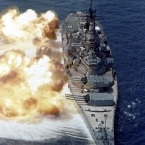

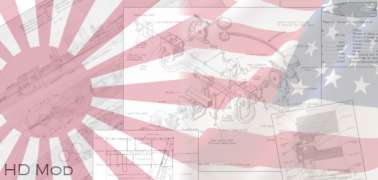







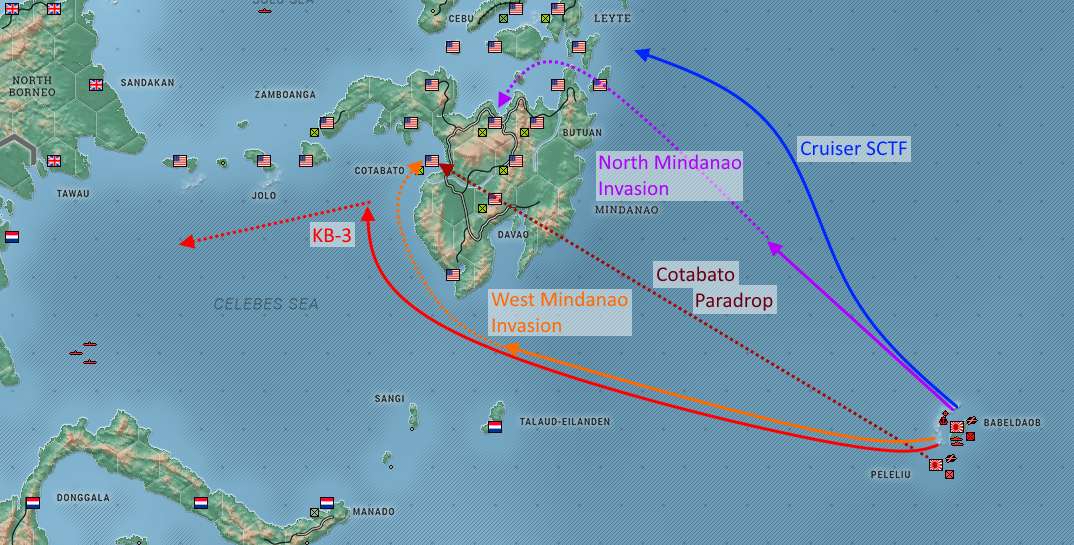





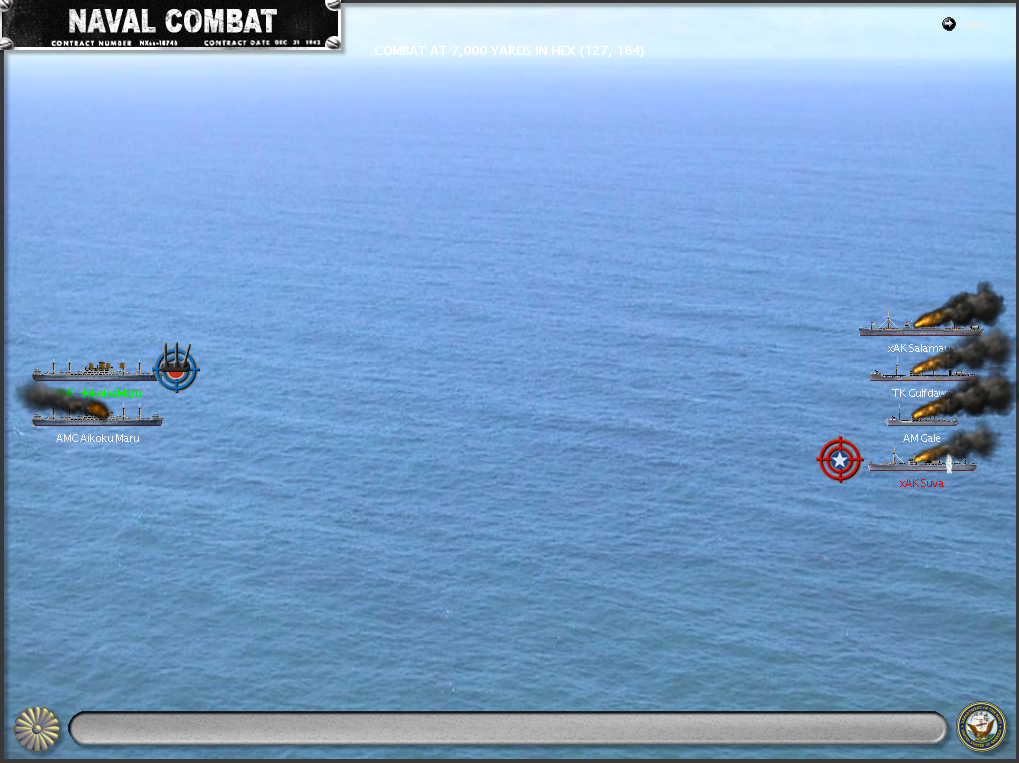
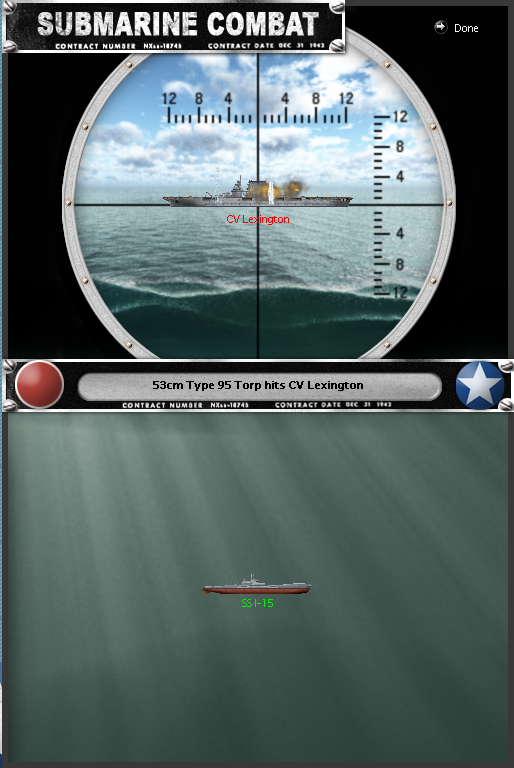

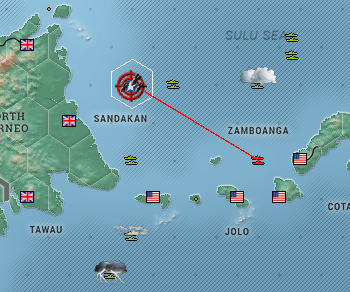


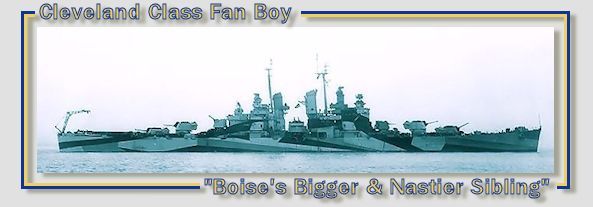
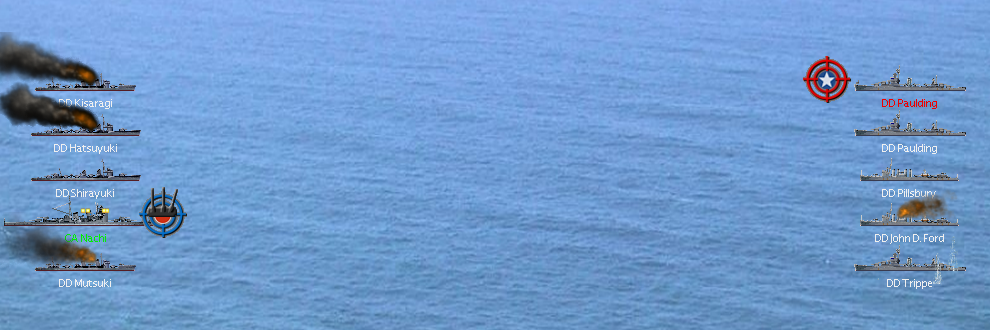

 New Messages
New Messages No New Messages
No New Messages Hot Topic w/ New Messages
Hot Topic w/ New Messages Hot Topic w/o New Messages
Hot Topic w/o New Messages Locked w/ New Messages
Locked w/ New Messages Locked w/o New Messages
Locked w/o New Messages Post New Thread
Post New Thread